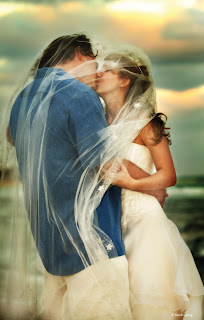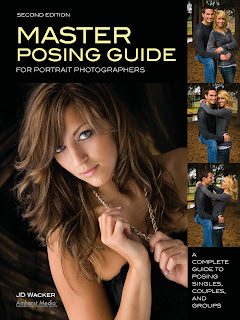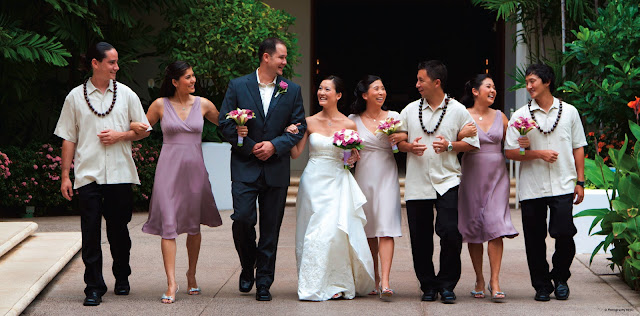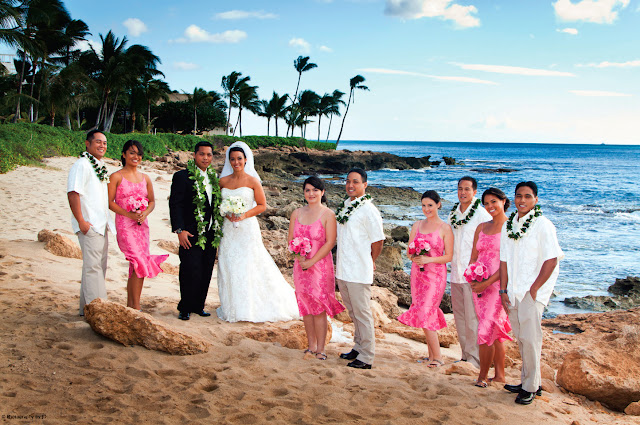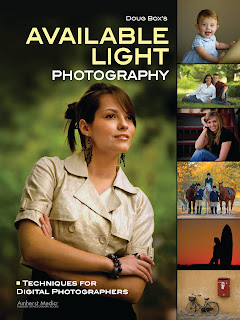Today's post is an excerpt from the book Direction and Quality of Light, by Neil van Niekerk. It is available from Amazon.com and other fine retailers.
For that dramatic, Hollywood look, a video light is probably the
easiest thing to use—especially when you need to work quickly,
like on a wedding day. With Allison and Scott’s wedding, the
majority of their romantic portraits (plates 11-7 through 11–10)
were taken using only a single video light, the Lowel ID-Light.
For this shoot, I chose to work with the Lowel ID-Light, instead
of the LitePanels MicroPro LED video light, because I wanted a
video light that was stronger. I also wanted the ability to diffuse
or focus the light, depending on what I needed. It was just the
more flexible choice for this event.
As you can see by the camera settings for these images, I
needed to work at high ISO settings and wide apertures. This is
because video lights are generally used in lower levels of ambient
light where the look of the rapid falloff gives the lighting a
dramatic look—and provides a lot of control. For example, in
the passageway seen in plate 11-8, the opposing mirrors gave an
infinity effect. The video light was ideal here for containing the
light spill; it’s basically what made this image possible. I could
have created the same image with flash, but it would have been
difficult to do it in the short time available.
Plate 11-7—Most of Allison and Scott's romantic portraits were created using a single video light. Exposure: 1/50 second, f/2.8, 1250 ISO, Lens: 24–70mm f/2.8 lens. Lowel ID-Light.
Plate 11-8—The controlled spread of the video light was useful in this mirrored hallway. Exposure: 1/30 second, f/3.2, 1600 ISO. Lens: 24-70mm f/2.8. Lowel ID-Light.
For plates 11-9 and 11-10, I turned down the brightness of
the video light to hold the detail in the background. If I had used
a brighter light on the couple, I would also have had to use a
faster shutter speed, smaller aperture, or lower ISO, which would
have made the background go darker—or even black.
As can be seen in plates 11-11 and 11-12, images of Tatiana
and Brandon at their wedding, the dramatic look of video light
works beautifully with black & white photographs. If I had
wanted to ease the contrast and bring in more shadow detail, it
would simply have been a matter of bouncing my on-camera flash
behind me. This would have to be done with the FEC turned
way down—to around –3EV—so that it just acted as a fill light.
The flash would also have to be gelled with a CTS or CTO gel to
avoid introducing a blue tint to the fill light.
Plates 11-9 and 11-10—Reducing the intensity of the video light enabled me to hold the detail in the dark backgrounds. Exposure: 1/30 second, f/3.2, 1600 ISO, 24–70mm f/2,8 lens. Lowel ID-Light.
Plates 11-11 and 11-12—Video light works beautifully for black & white images. Exposure: 1/60 second, f/3.2, 1600 ISO, Lens: 24–70mm f/2.8. Litepanels MicroPro LED video light.
Buy this book from Amazon.com.












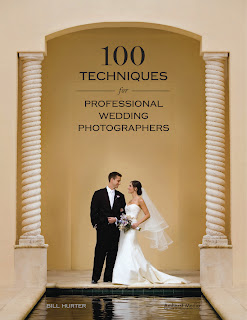 Today's post is an excerpt from the book 100 Techniques for Professional Wedding Photographers, by Bill Hurter. It is available from
Today's post is an excerpt from the book 100 Techniques for Professional Wedding Photographers, by Bill Hurter. It is available from 




